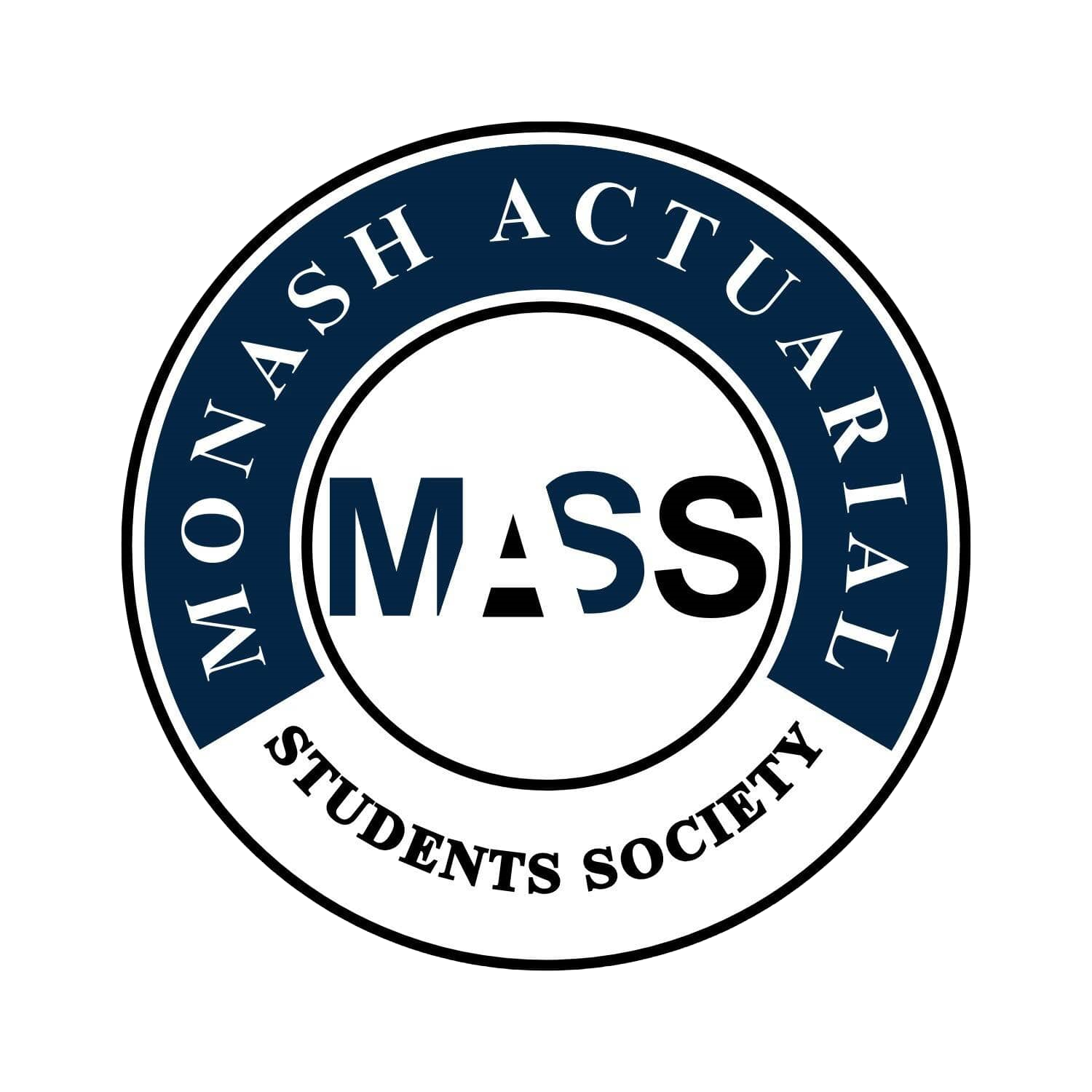ETC1010 Introduction to Data Analysis
Difficulty:
Year Completed: Semester 1, 2024
Prerequisite: N/A
Exemption: N/A (prerequisite for other units)
Mean Setu Score: 84.8%
Clarity of Learning Outcomes: 88.2%
Clarity of Assessments: 82.2%
Feedback: 79.2%
Resources: 86.6%
Engagement: 88.8%
Satisfaction: 83.8%
Subject Content:
Lecture(s) and Tutorial(s):
Textbook(s):
Assessments:
This subject is an introduction to R, a coding program that is used for several Actuarial subjects. It teaches the basics of Data Analysis and Wrangling.
With a focus on creating various types of visualisation for the data we used into an analytic format.
Using R code to analyse regression output, decision trees, text and network analysis
1 x 2 hour lecture (hybrid)
1 x 2 hour tutorial
No materials were recommended or required.
Weekly Quizzes: 6%
Assignment 1: 10%
Assignment 2: 19%, both Assignments case study reports utilizing R code
Mid-semester test: 15%
Final Exam: 50%
Comments
This unit was a very helpful unit as it created a foundation knowledge for students who have barely used R Studio before. As many units down the line require some proficiency in R code to present their work.
The lectures were beneficial, as the code was discussed in great detail. During the lectures, the CE would go through step by step tutorials on how to use certain packages and code chunks and showed us outputs which were analysed interactively. This helped to understand the basics of R, and comprehend how the code works.
The tutorials examined the topics covered in the previous lecture, and helped to strengthen the understanding and thought process behind the code and its relation to data analysis.
The Weekly Quizzes acted as a form of participation marks, and were a way to check that students understood the content of each week.
The Mid-Semester Test was fair, and covered the content from the lectures, so was fairly easy to prepare for.
The Two Assignments allowed for the students to put their new learnt coding skills to the test, however ensure to adhere and read the marking rubric to gain the best possible results.
The 50% exam consisted of coding questions where students could utilise R to generate graphs and analyse their findings over many different scenarios and data sets. This was Open-Access, but ensure to adhere to the time pressure presented by the exam.
The subject lays a good foundation for Data Analysis subjects, and provides you with the R knowledge that many later subjects assume you already know.
General Overview:
Lectures:
Tutorials:
Assessments/Other Assessments:
Exams
Concluding Remarks

